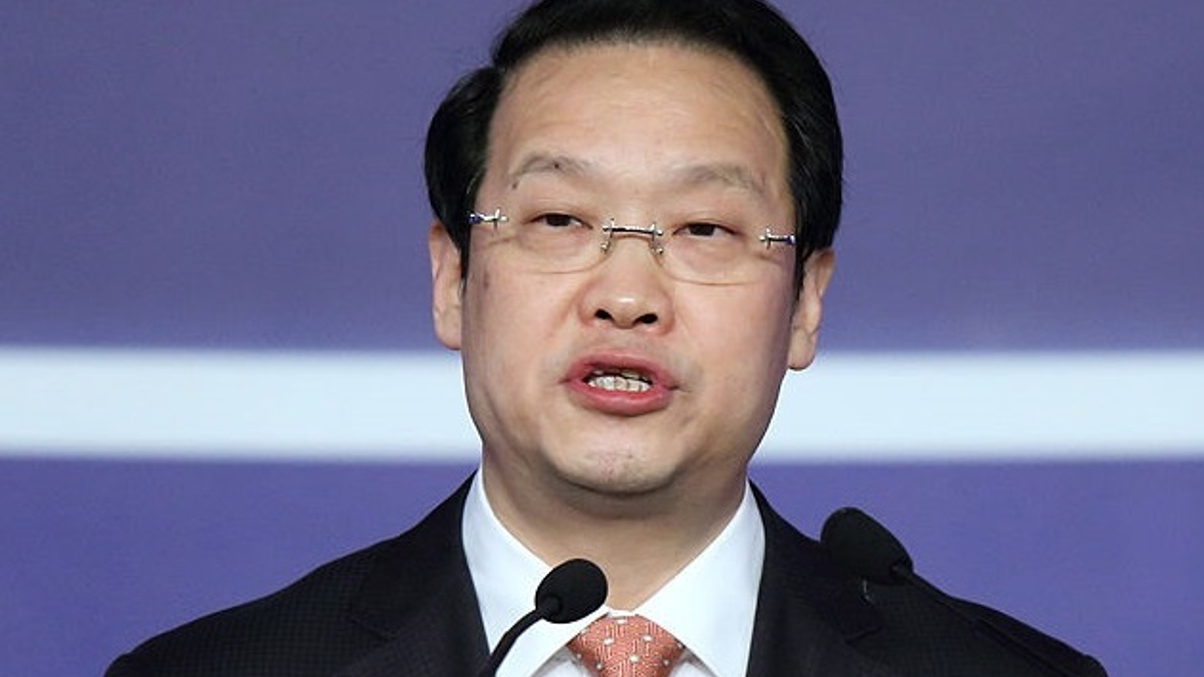Warning sounded on Chinese insurers' rising asset risk
Mainland insurance firms have been raising their alternative and equity exposure, sparking concerns about their growing vulnerability to a domestic slowdown and stock-market turmoil.

Chinese life insurers are growing increasingly vulnerable to the ongoing domestic slowdown and equity market turmoil as they boost exposure to riskier assets in the chase for higher returns, warns rating agency Fitch.
Sign In to Your Account
Access Exclusive AsianInvestor Content!
Please sign in to your subscription to unlock full access to our premium AI resources.
Free Registration & 7-Day Trial
Register now to enjoy a 7-day free trial—no registration fees required. Click the link to get started.
Note: This free trial is a one-time offer.
¬ Haymarket Media Limited. All rights reserved.


